Letter 85 - Who Taught Ruby Bridges?
Hello Bregdan Woman,
You have Ginny today…
I believe we all want to be a Bregdan Woman. Sadly, too many of us believe it can never be our reality.
Nonsense.
Every woman who becomes a Bregdan Woman first wonders if they will ever be one.
Like Barbara Henry.
You’ve probably never heard of her, but you may have heard of Ruby Bridges – the little black girl who was the first, and only, black child to attend the first desegregated school in New Orleans, Louisiana in 1960.
Very little has been said about the only white teacher at William Frantz Elementary School who was willing to teach the first grader who had been chosen for this experiment.
I am fascinated by her story.
Barbara was raised in Boston, in a school that gave every student respect and a sense of worth, irrespective of class, community or color. She learned to appreciate all people, and she learned to abhor prejudice.
Marriage to a dashing Air Force Lieutenant landed her in New Orleans in 1960. She applied to be a teacher, not realizing the chaos she was getting ready to walk into. The superintendent called shortly after her application and offered her the position of the first-grade teacher. She accepted joyfully, eager to get back into the classroom.
When she arrived at school for her first day on November 14, 1960, it didn’t take long to figure out the citizens of New Orleans weren’t thrilled with their schools being desegregated. She had to make her way through a raging sea of protestors to the front barricade, where she gave her name to the police and was escorted through.
The only reason she made it past the throng was because she was white. If they’d known what she was there for, she’s certain she could never have made it into the school.
Certainly, she was overwhelmed, but she also felt as if her whole life had prepared her for that moment.
She’d been hired to teach first grade. In reality, Ruby Bridges was her only student. On the first day of desegregation, every single student and teacher left the school simply because it had allowed a black student. Parents arrived to remove their children from a school that would allow one tiny black girl entrance into their white world.
The first-grade teacher she was replacing, because the woman refused to teach a black student, had stripped the classroom of everything. Barbara walked into a cold, bare classroom, in the midst of a silent, empty school.
Shortly after her arrival, she was called down to the basement to meet her student who had been escorted in through the back by Federal Marshals. When she met little Ruby for the first time that day, she fell in love with her instantly. Barbara took her hand and escorted her to class. Thus, began their solitary adventure.
Barbara had to be everything. The art teacher. The music teacher. The gym teacher. The total math, reading and phonics teacher. She turned on music during recess so they could do jumping jacks and pretend jumping rope. Why pretend? Because there weren’t two people to turn the rope!
Teachers and students eventually returned, but only to the rest of the school. No one else ever entered the first-grade classroom that was guarded by a Federal Marshal every day. No other teachers offered to participate in Ruby’s education.
Barbara was on her own.
Moving to New Orleans as a Bostonian already set her apart from everyone else. Teaching Ruby made her the target of anger and overt hostility. She was ostracized by the residents of New Orleans.
It didn’t matter. Barbara was a Bregdan Woman. She knew she was doing the right thing. Nothing would stop her.
She was determined to mirror the courage of the little girl she taught. Every morning, as Ruby walked to school, one woman would threaten to poison her, while another held up a black baby doll in a coffin. This led the U.S. Marshals dispatched to oversee her safety to only allow Bridges to eat the food that she brought from home, and she was not allowed to participate in recess because they were afraid she would be harmed.
The Bridges family suffered for their decision to send her to William Frantz Elementary: her father lost his job as a gas station attendant; the grocery store the family shopped at would no longer let them shop there; her grandparents, who were sharecroppers in Mississippi, were turned off their land; and Ruby’s parents separated, torn apart by the stress.
Barbara and Ruby knew the eyes of the country were upon them. They continued to meet every single day.
Barbara was only able to teach Ruby for one year. At that time, pregnant teachers weren’t allowed in classrooms. (This didn’t change until the late 1970’s, with problems still existing today). When Barbara discovered she was going to have her first child, she had to leave teaching. She and her husband moved to Boston to be closer to her family.
Ruby never forgot her, however. Thirty-five years later, Ruby found her beloved teacher. They reunited on an Oprah show and began a new adventure together.
The two women now travel the country; speaking about racism, equality, and the power we all hold to make a difference if we are willing to be bold.
One woman’s decision to do the right thing ended up being a hallmark of the Civil Rights Movement that changed a country.
That’s what I call being a Bregdan Woman!
If you’ve felt something in your heart respond to this story, then you too long to be a Bregdan Woman. You long to make a difference. You long to live with courage and purpose. You long to leap onto the shoulders of women who have gone before you and proclaim you are going to take your place in the world of Bregdan Women.
It’s your turn!
*********************
What will you do to be a Bregdan Woman?
What will you do today to impact history??
We’re on this journey with you… (and have 2 FREE Gifts for you below…)
Ginny & Suess



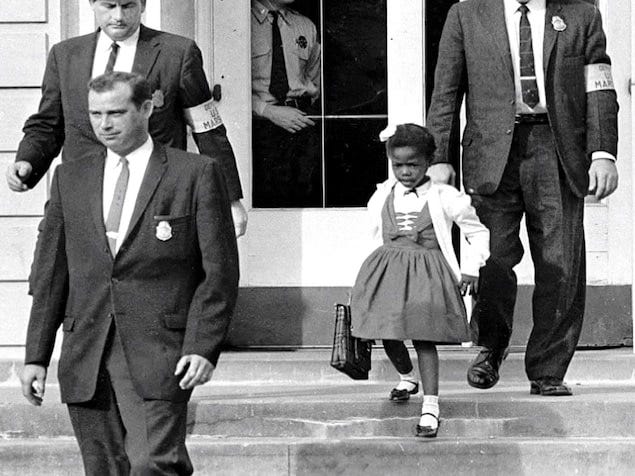
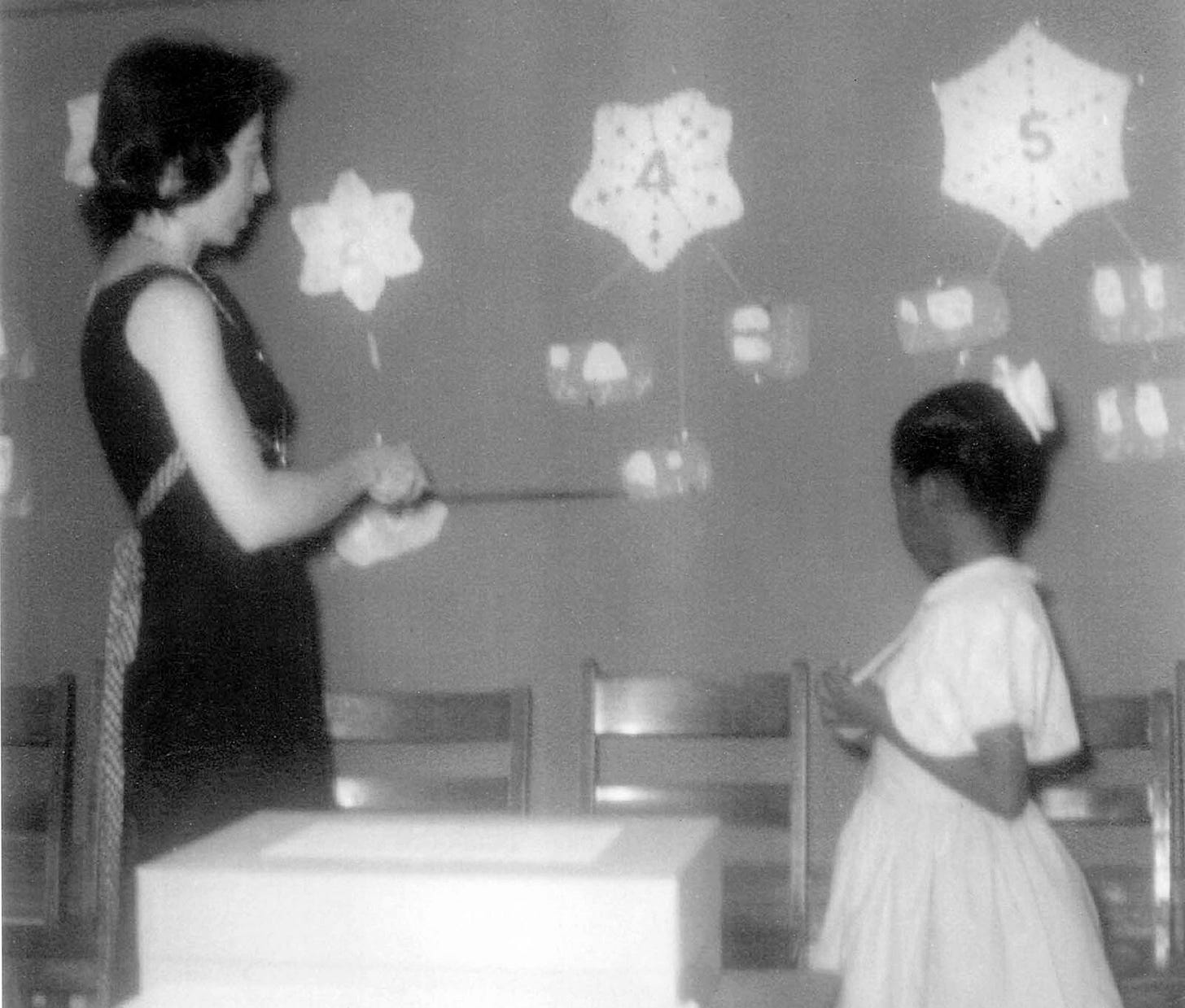
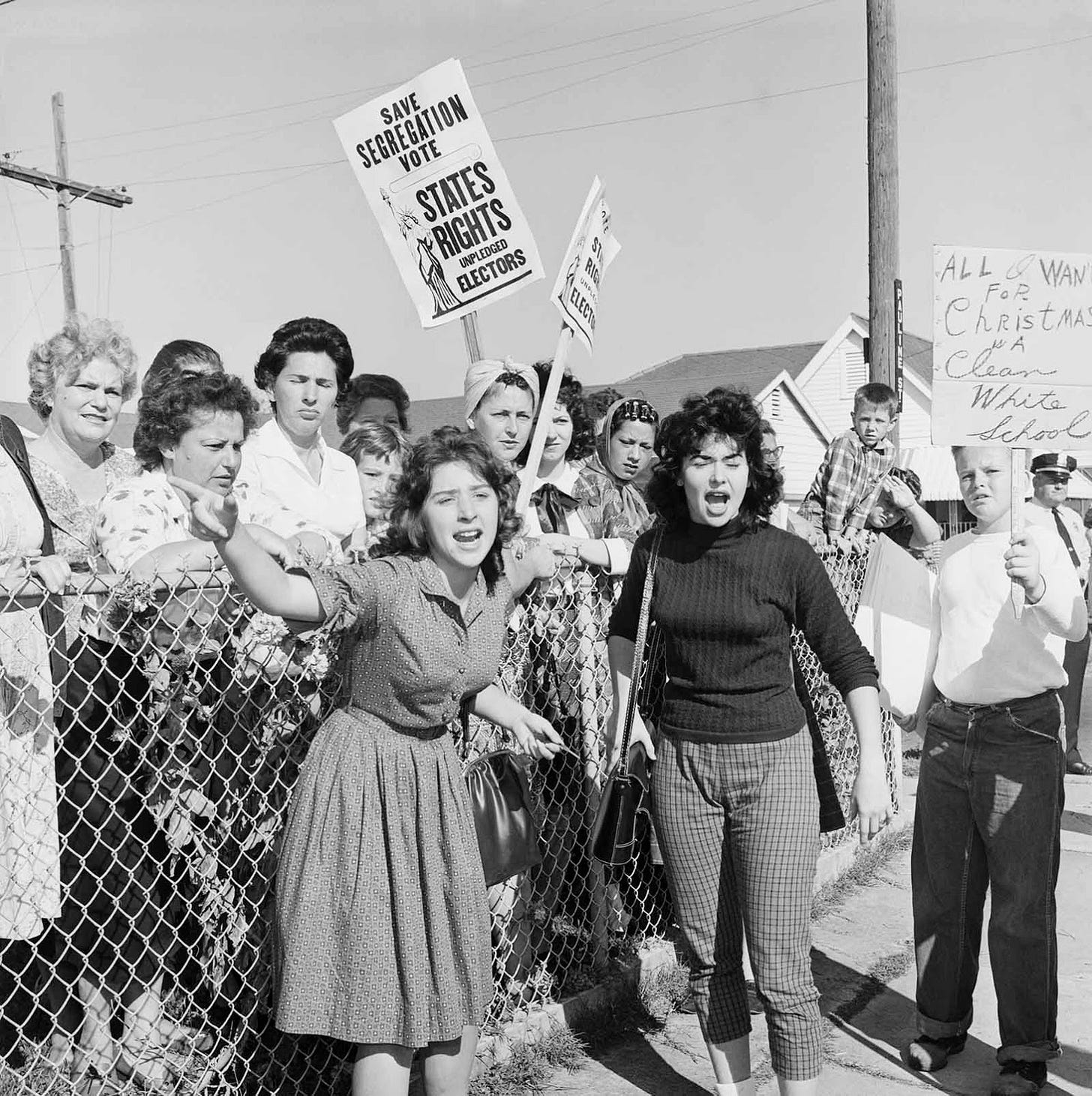
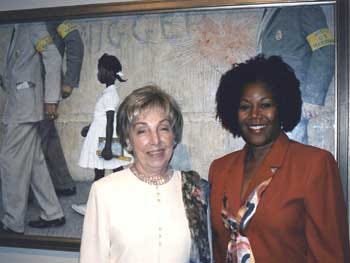

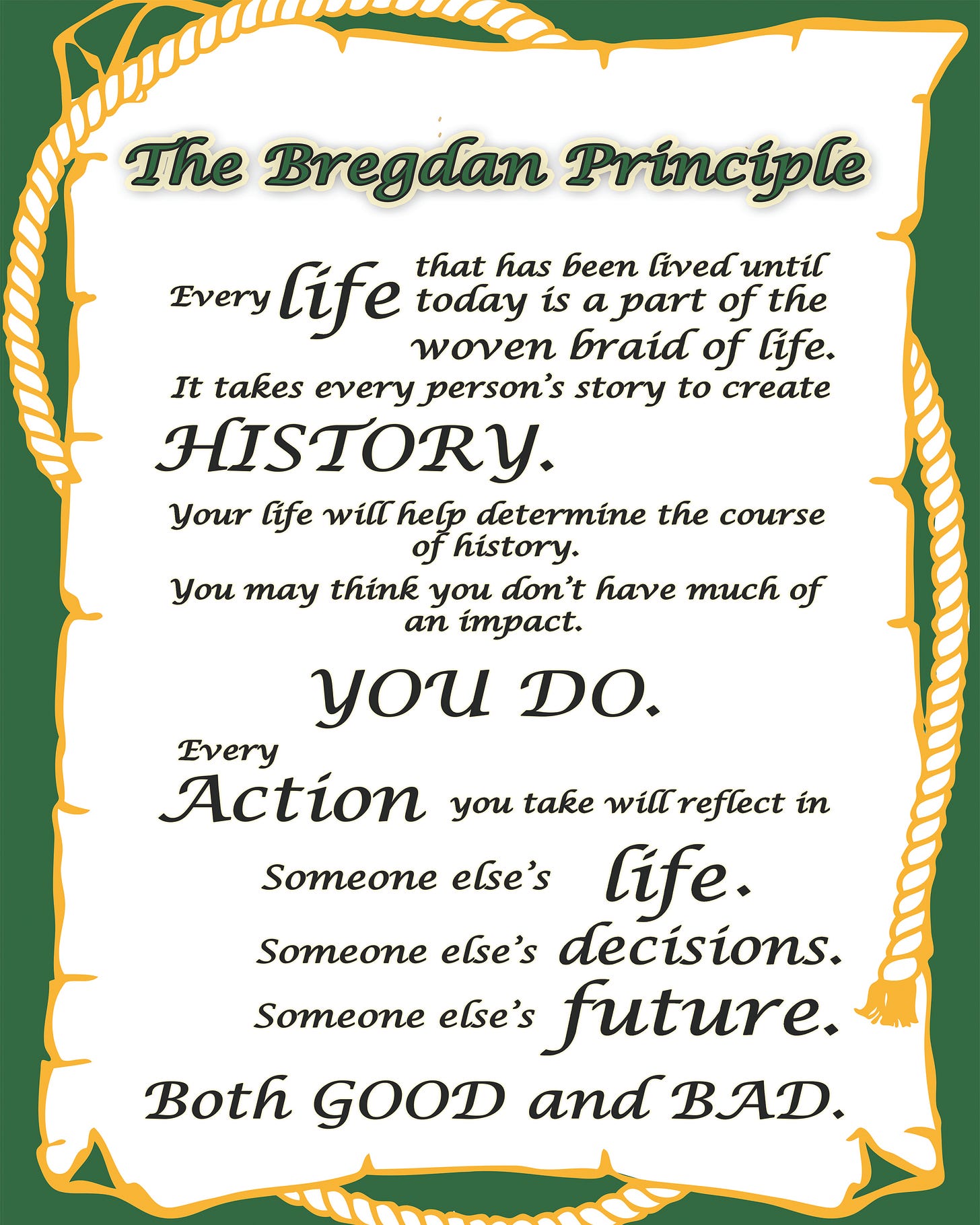
No matter how many stories I hear or see about racism or discrimination, it never gets less shocking. I couldn't imagine being one of those white women in the 60's protesting about an adorable little girl attending the same school as my kids. My kids attend the most diverse high school north of Boston and I'm so grateful they teach kindness, diversity and inclusion.